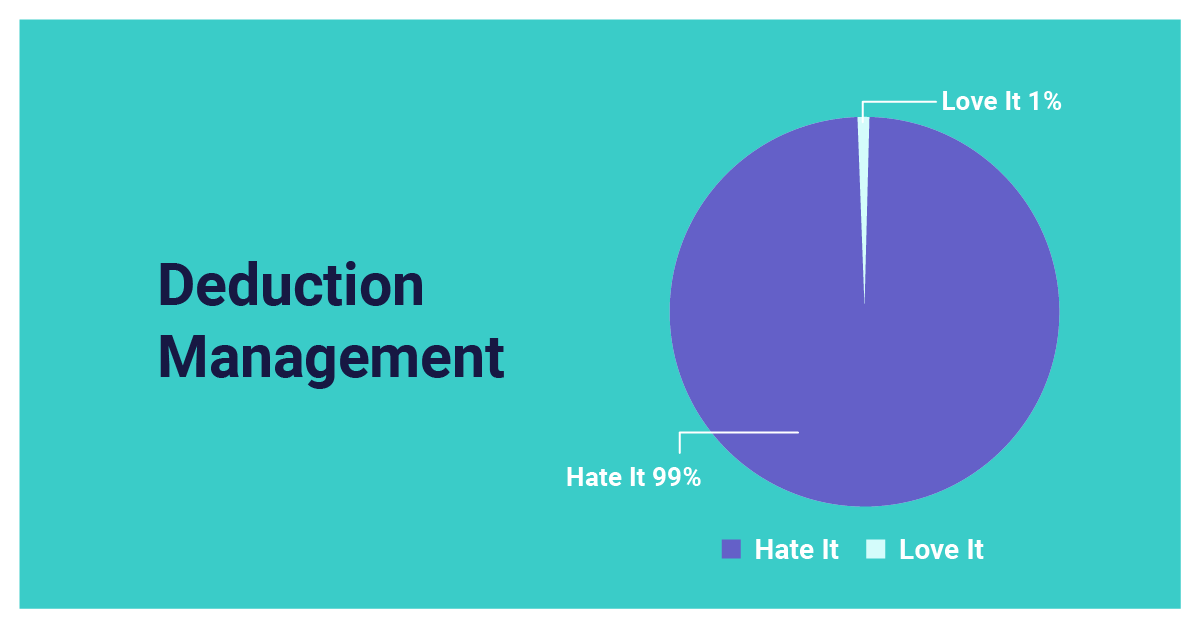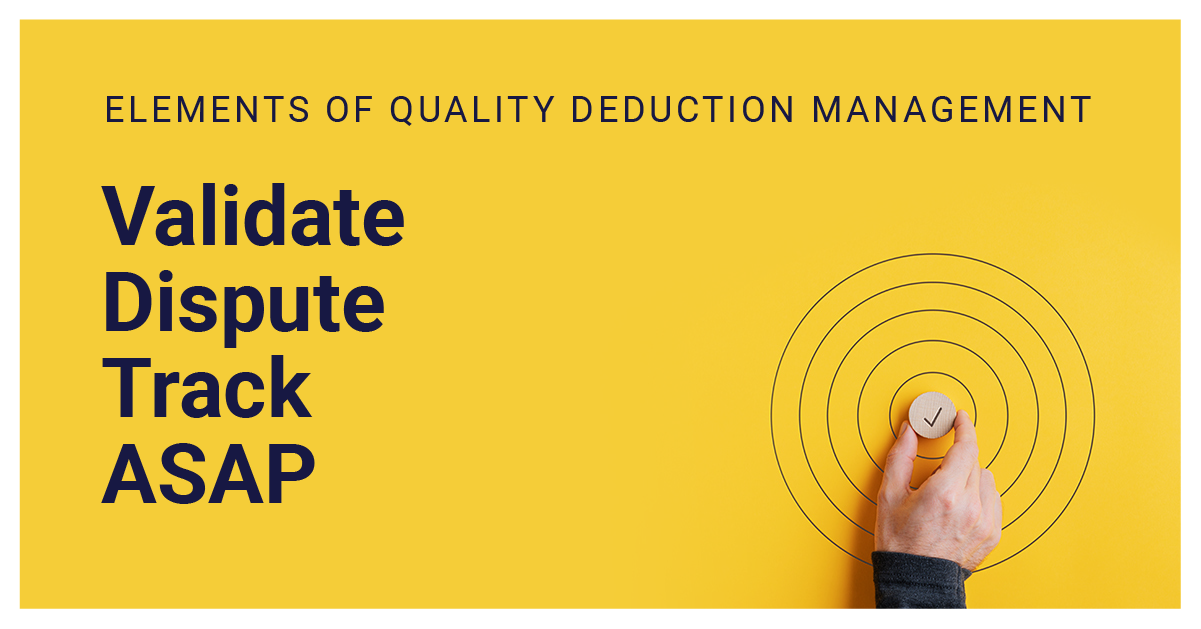5 Reasons Why Deduction Management Is More Than Just a Necessary Evil

If you don't have a high-quality deduction management process, you're missing a golden chance to understand spending at indirect customers, and you risk margin erosion due to ineffective trade spend and illegitimate claims.
– Kurt Kaiser, Promomash
Recently, we held a well-attended webinar - Deduction Management: Know Your Options, Payoffs, and Pitfalls - featuring our CEO and co-founder, Yuval Selik, and Kurt Kaiser, VP of Sales and a veteran of over 20 years in CPG retail trade promotion. In this post, we’re sharing a few of the highlights and eye-popping revelations from their discussion – all of which can have a significant impact on a CPG manufacturer’s bottom line profitability.

As an emerging CPG manufacturer selling to retailers via distributors, you are probably planning trade promotions. But are you assessing promotion performance after completion? And are you using the valuable information in deduction invoices to 1) help with this assessment, and 2) track spending at indirect customers?
First, some facts.
- According to Nielsen, about 70% of all trade promotions are not effective and don’t break even. A lack of post-promotion analysis is one of the factors that contributes to that statistic…and better deduction management can be a game-changer.
- On average, 20-25% of top line revenues are spent on trade promotion. Assuming your strategy is to pay-for-performance, and not subsidize all shipments with OIs, the majority of your trade is likely to be settled via deductions.
- Industry studies indicate that between 6% and 10% of deduction dollars are not valid. All the unexpected fines and fees levied on you…and don’t forget the processing fees! This all adds up to direct profit leakage.
- Deduction invoices have a lot of valuable information about promotions - if only you can get it structured. There is extremely valuable information that when looked at in aggregate and over time will show you problem areas and trends.
And yet, deductions (and what to do about them) are not the most glamorous topic. They are tedious (if not downright painful!) and time-consuming to do…and as a result, there’s some natural resistance to developing a professional structure that allows them to be managed well. This is why we decided to dedicate a webinar on the topic! Given the large impact on the bottom line, the situation is worth discussing – at least to see what best practices might be available to make deduction management less painful, and more profitable.

In the webinar, we discussed several benefits to having a solid deduction management process and considering this exercise as more than just a necessary evil. Here are 5 of those benefits, or reasons. To get the full lowdown and valuable guidance form Kurt and Yuval on how to go about developing your process, click here to watch the full webinar.
1. Deduction management directly affects profit.
It’s really the mechanism by which you control the level of profit leakage. Done well, it can increase But it can only be as effective as you make it, through your balancing of three main constraints:
a) the scope of the process,
b) the resources available to manage it, and
c) the time devoted to the process.

2. Doing deduction management in a structured way increases its quality.
A quality deduction management process pursues 4 goals:
a) Validation (making sure the deduction claim is tied to something you agreed to)
b) Disputing invalid claims (going back to request clarification or correction as warranted)
c) Tracking (there is a treasure trove of data and valuable insight about promotion performance buried in deduction reporting – if only you can get to it efficiently)
d) ASAP (the sooner you dispute deductions, the higher the recovery rate).
3. Tracking where these deductions come from will uncover trends you want to know about.
When we polled our webinar audience on their biggest challenge when it comes to deduction management, we thought #1 would be “just keeping up with it,” but it wasn't (it actually came in at #2). The #1 challenge according to our audience? Gaining insights on the deductions.
4. It’s a primary method of settlement.
Many brands that sell through distributors are settling a big chunk of their already high trade spend via deductions...nearly a quarter of our audience reported as much as 75-100% of it! This is a big deal when trade spend is as much as 25% or more of your top line...this all contributes to that well-known fact that 70% of promotions don't break even. So deduction management is a real key to reversing that trend.
5. At the end of the day, many deductions are preventable...
And there are ways to do it.
There’s a whole world of structure and expertise involved in doing professional deduction management, but this really just scratches the surface. If you’d like a deeper dive, we invite you again to watch the webinar (one of our most top-rated and highly-engaged sessions yet). You’ll hear examples, get more details on how much resource to devote, available strategies, what the financial and activity level decision points are, and much more. Enjoy, and we hope this helps!